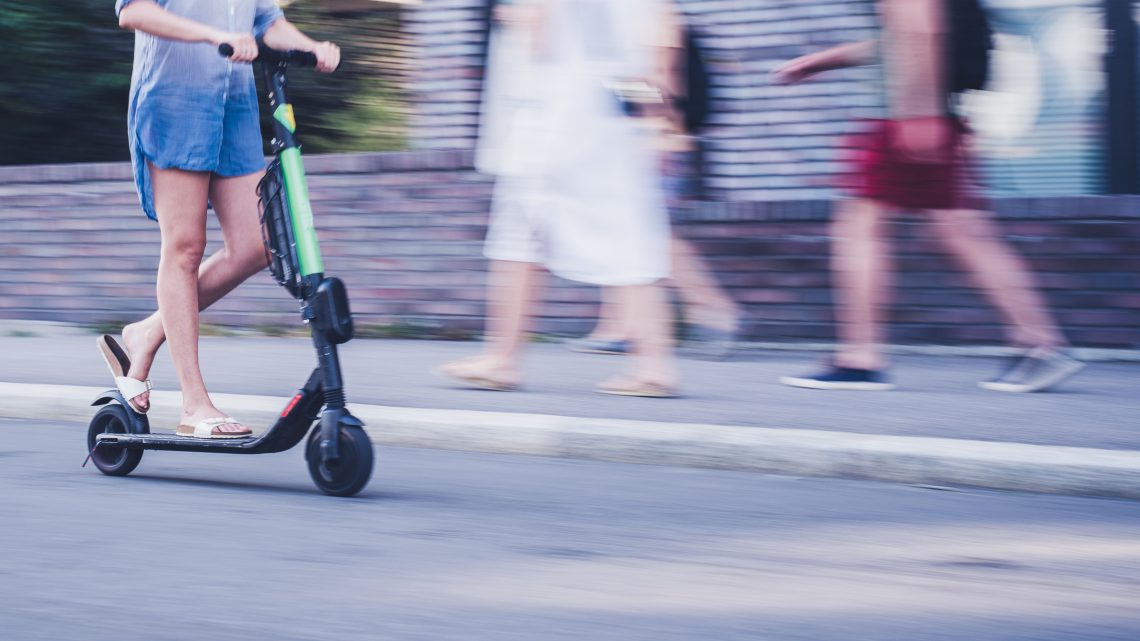Southern California is known for it’s beautiful weather and landscapes, making it the perfect playground for active people who love being outdoors. Whether it’s skateboarding along the boardwalk, zipping through streets on a scooter, or cruising on a bike, these activities are popular for a reason. However, with the excitement comes a need for heightened safety awareness in order to prevent injuries. In this article, we’ll delve into the world of skateboard, scooter, and bike injury prevention, helping residents and visitors enjoy these activities while minimizing the risk associated with them.
The Importance of Safety Gear
Before embarking on any ride, the most critical step is to gear up properly. For all three activities – skateboarding, scootering, and biking – a well-fitted helmet is non-negotiable. Helmets significantly reduce the risk of head injuries and can be lifesaving in case of a fall or collision. It’s important to choose a helmet that meets safety standards and fits snugly on the head. Know the helmet laws in California before riding.
In addition to helmets, riders should consider wearing knee and elbow pads, gloves, and even wrist guards. These protective gears can absorb impacts, prevent scrapes, and offer an extra layer of protection during accidents.
Know Your Riding Surface
Southern California boasts a variety of riding terrains, from smooth coastal paths to bumpy city streets. Understanding the surface you’ll be riding on is crucial. For skateboarders and scooter riders, uneven surfaces can lead to loss of control and falls. Bikers, on the other hand, should be cautious of potholes and road debris that could cause accidents.
Before you start, take a few minutes to inspect the riding area. Remove any obstacles that could cause trouble, and be mindful of changing conditions, such as wet surfaces after rain.
Practice Before Hitting Crowded Roads
For newcomers and experienced riders alike, practice is essential. Beginners should start in controlled environments with flat, open spaces. Skateboarders can benefit from practicing basic maneuvers like stopping and turning before attempting more advanced tricks. Scooter riders should practice balancing and braking techniques.
Cyclists should familiarize themselves with hand signals, obey traffic rules, and practice riding in different scenarios – such as uphill climbs and downhill descents. The Orange County car accident attorneys at Bridgford, Gleason, & Artinian say that bicyclists are often unaware of traffic laws which result in a variety of accidents. Practicing these skills will not only enhance your riding experience but also boost your confidence, control, and safety.
Scooter and Bike Etiquette
As the popularity of shared electric scooters and bikes rises, it’s important to respect local regulations. Some areas have designated lanes or paths for these vehicles, while others restrict their use on sidewalks. Always adhere to these rules to ensure your safety and the safety of pedestrians.
Additionally, when riding in crowded areas, maintain a reasonable speed and be prepared to yield to pedestrians. Keep a safe distance from other riders and respect the rights of those around you.
Mindful Riding
Whether you’re riding during the day or at dusk, visibility is key. Wear bright, reflective clothing, and equip your bike or scooter with lights and reflectors. This increases your chances of being seen by motorists, reducing the risk of collisions.
Furthermore, stay attentive to your surroundings. Avoid distractions such as headphones or mobile devices, which can impede your ability to react quickly to potential hazards.
Balance Confidence and Caution
Confidence is important, but it should be balanced with caution. Don’t push yourself to attempt tricks or maneuvers beyond your skill level. Overconfidence can lead to accidents and injuries. Gradually progress as you gain experience and become comfortable with your equipment.
In the end, enjoying biking, skateboarding, and scootering in Southern California should always prioritize safety. By wearing proper protective gear, understanding the riding environment, practicing your skills, respecting regulations, staying alert, and finding the right balance between confidence and caution, you can make the most of these activities while keeping the risks at bay.




No Comment